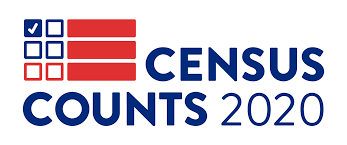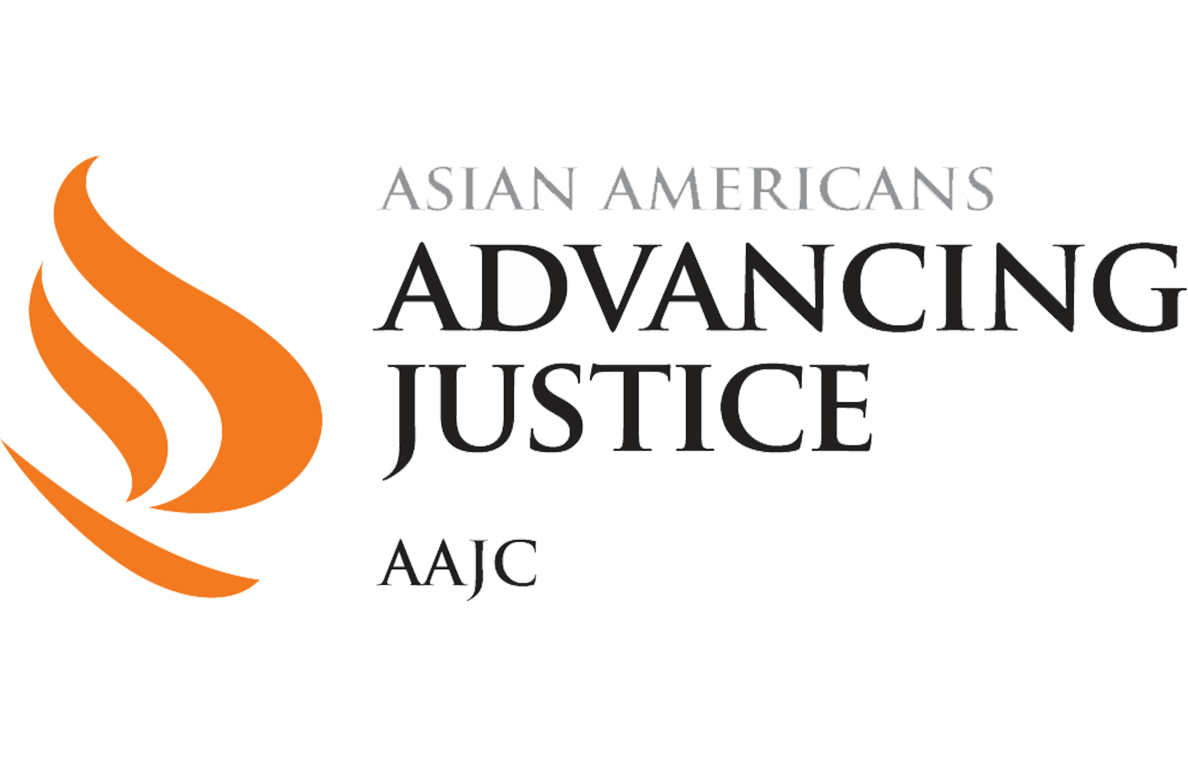Download the PDF
Click hereProviding Assistance with the Census Questionnaire
Census stakeholders are encouraging communities to participate in the 2020 Census by returning their census questionnaire during the self-response phase (mid March through the end of April).
The Census Bureau will encourage most people to complete the questionnaire online, by phone, or using a paper form that will be mailed to most households in the fourth mailer. The Census Bureau will offer questionnaire assistance in-person, online, and by phone.
The Census Bureau has announced that it will not establish physical Questionnaire Assistance Centers, which in the 2010 Census counted more people than the population of Vermont. Instead, they will have a mobile response initiative (MRI), which will have Census Bureau staff moving to various locations during GOTC to provide assistance. That decision makes the work of Census Counts partners, especially in historically undercounted communities, even more important. Community-based organizations (CBOs) should consider working with school boards, libraries, and community centers to create community-run Questionnaire Assistance Centers.
This section discusses the assistance provided by the Census Bureau and also includes information on language assistance resources and hotlines from Census Counts.
Census Bureau Mobile Assistance Teams
The Bureau has announced a Mobile Response Initiative that will include Mobile Assistance Teams.
The Bureau intends to retain 5,000 current staff for this Initiative to avoid the cost of going through another hiring process and retraining on the basics of the census. The staff of the MRI will be “highly mobile” and will attend community events to encourage people to fill out their census form. MRIs will be set up in various locations by April 1, 2020 and will end the first week of August 2020. Each MRI team will support regional work through each ACO.
While the plan for the MRI is still being finalized, CBOs should reach out to the Bureau to provide feedback on how to make these as impactful for historically undercounted communities as possible. This includes feedback on the areas where the Bureau will have the MRI, how the Bureau will receive input on where to send these units during “get out the count,” and how to work with community partners to shape these plans.
Setting up a Census Kiosk
A census kiosk is any public device that is dedicated temporarily to providing a means for individuals to complete the census online. Kiosks may be desktop computers in a library or tablets set up at the post office, for example. Existing public devices may be converted into kiosks for the duration of the census, or communities can purchase or rent new devices to deploy at strategic locations.
Providing space for people to fill out the form is critical, and a way to provide that support is through providing census kiosks. For information and tips on setting up a census kiosk, check out Next Century Cities kiosk toolkit.
Libraries and Community Resources
Nearly all public libraries provide free public access to computers and the Internet (including Wi-Fi), which residents can use to complete the census online. Library locations are included on the Census 2020 Hard to Count Map. Check local libraries for hours and available resources. For more information about how community leaders can partner with libraries to achieve a complete count, see “Libraries and the 2020 Census: Vital Partners for a Complete Count.”
Some communities are establishing Internet kiosks or purchasing tablet computers for residents to use to complete the census online. Check with your local Complete Count Committee to see if your community plans any such activities. Kiosks may be placed in locations such as libraries, schools, and community centers. Note that the security of devices should be maintained to prevent the interception of census responses (see Cybersecurity Best Practices section for more information).
Language Access FAQ
What Language Assistance is Available Through the Census Bureau?
Phone: Phone support is offered in English and 12 non-English languages: Spanish, Chinese (Mandarin and Cantonese), Vietnamese, Korean, Russian, Arabic, Tagalog, Polish, French, Haitian Creole, Portuguese, and Japanese. Through a dedicated toll-free Census Bureau phone number for each language, callers can get more information about the census, ask questions, and complete their census form over the phone.
Online: In 2020, there will be a new option to complete the census form online. While the paper form is available in English and Spanish only, the internet self-response form is available in 12 non-English languages: Spanish, Chinese (Simplified), Vietnamese, Korean, Russian, Arabic, Tagalog, Polish, French, Haitian Creole, Portuguese, and Japanese.
Language Assistance Resources: The Census Bureau is producing language glossaries, language identification cards, and language guides in 59 non-English languages to help non-English speakers complete their forms.

- The language glossary contains commonly used census terms that are translated. This will allow for consistent use of terminology that matches what the census uses and minimizes the occasion for when someone needs to translate on the spot.
- The language identification card is used by field interviewers. If a field interviewer knocks on a door and encounters a non-English speaker, they can show this card displaying a short message in 59 non-English languages. After the resident identifies the language they speak, the field interviewer can take this back to the office to find an interpreter.
- The language guides, provided in video and print, walk through the online form and paper form. This will be housed on the Census Bureau’s website and will also be printed for Census Bureau partnership events.
- The Census Questionnaire Assistance (CQA) phone numbers will be available to the public starting March 1, 2020 for assistance during the 2020 Census.
Census Bureau language assistance resources will be available on www.2020census.gov.
What Census Counts Language Assistance Resources are Available for My Community?
Asian Americans, Native Hawaiians, and Pacific Islanders
The Asian Americans Advancing Justice affiliation’s Count Us In 2020 Campaign has GOTC resources in 15 Asian languages: Chinese – Simplified, Chinese – Traditional, Gujarati, Hindi, Hmong, Japanese, Khmer, Korean, Lao, Nepali, Punjabi, Tagalog, Thai, Urdu, and Vietnamese. Empowering Pacific Islander Communities has GOTC resources tailored for the Native Hawaiian and Pacific Islander community and translated into 8 languages: Chamorro, Chuukese, Hawaiian, Marshallese, Palauan, Samoan, Tongan, and Vakaviti. Translated factsheets, as well as additional resources for Asian American, Native Hawaiian, and Pacific Islander communities, can be found at www.CountUsIn2020.org/resources. Call their census hotline at 844-2020-API for support in English and other languages.
Arab Americans and Arabic Speakers
The YallaCountMeIn 2020 Census campaign is creating materials in Arabic language to be shared online. The campaign’s bilingual Arabic and English website at www.YallaCountMeIn.org provides a way for non-proficient English speakers to engage in the campaign and get information that is necessary to encourage them to Get out the Count in 2020.
Latino and Spanish Speakers
The ¡Hágase Contar! Census 2020 Campaign is a national effort led and developed by NALEO Educational Fund. The campaign is focused on regions with significant Hard-To-Count (HTC) Latino and Spanish-speaking communities. Nationally, the ¡Hágase Contar! Census 2020 campaign will provide partners with a number of resources, including:
- “Train-the-trainer” curriculum & training opportunities;
- State of the Census 2020 briefings;
- Campaign material, stakeholder toolkits, and promotional information;
- Public awareness events and informational panels;
- Digital and traditional media efforts;
- Questionnaire Information & Assistance Centers;
- National bilingual hotline – 877-EL-CENSO (877-352-3676);
- Bilingual Informational Website: hagasecontar.org
The ¡Házme Contar! Campaign is a sub-campaign of NALEO Educational Fund focused on achieving a full count of very young Latino children (ages 0-5). The ¡Hazme Contar! campaign will include working with local and national partners, educators, school board members, childcare providers, and parent leader groups to ensure they have the tools, bilingual information, and resources needed to inform their community on the importance of counting all children in the household – including young children. The ¡Hazme Contar! campaign will feature a number of resources, including:
- Comprehensive toolkit, sample curriculum, informational material, template presentation for educators and parents;
- Template resolutions for school boards;
- Earned media opportunities and digital media efforts;
- Bilingual informational landing page: hazmecontar.org
Tribal Languages – National Congress of American Indians’ “Indian Country Counts” campaign has translated resources into many tribal languages. Find more at http://indiancountrycounts.org/.
Alaska Native Languages – Alaska Counts will be providing resources in Alaska Native language. Find more at https://alaskacounts.org/languages/


